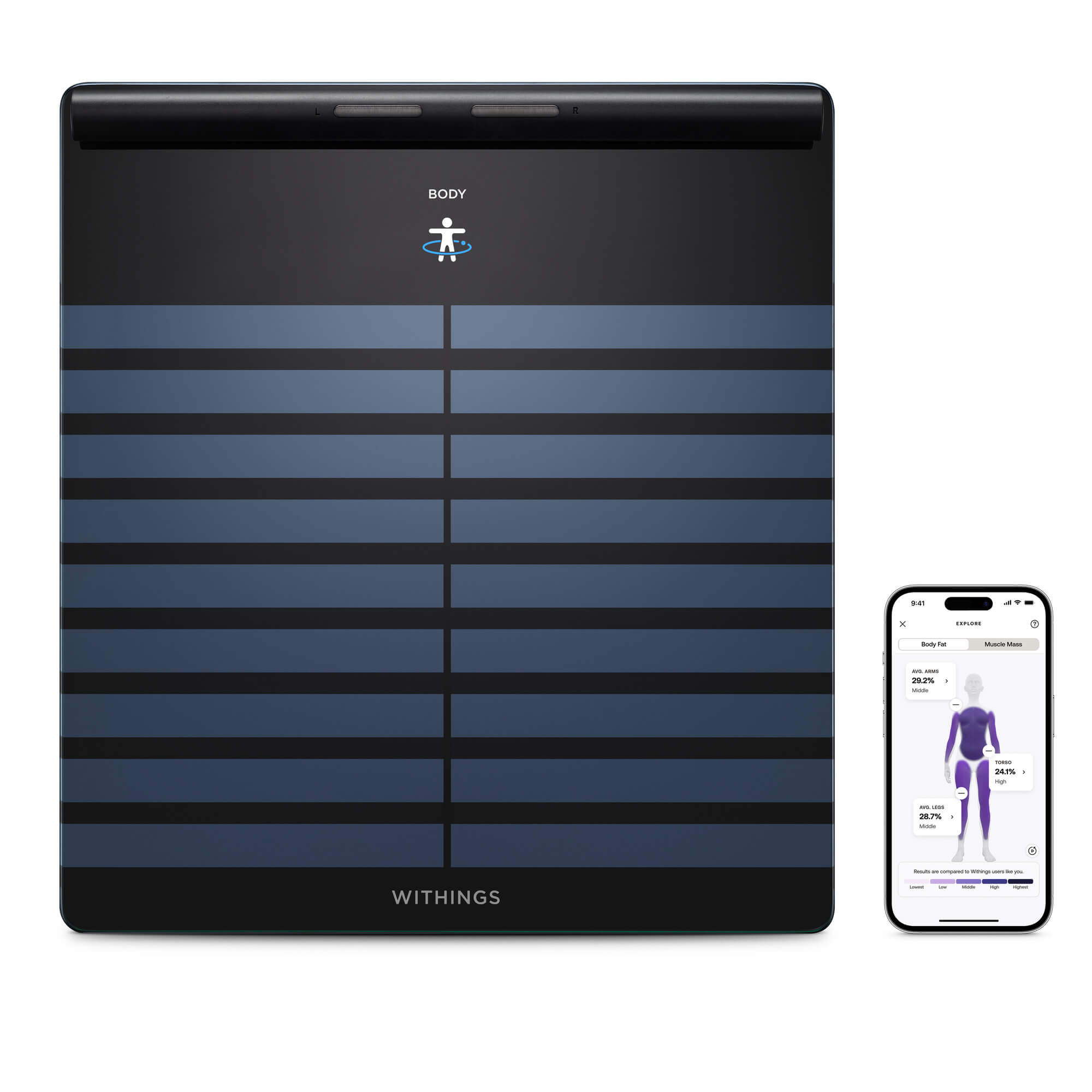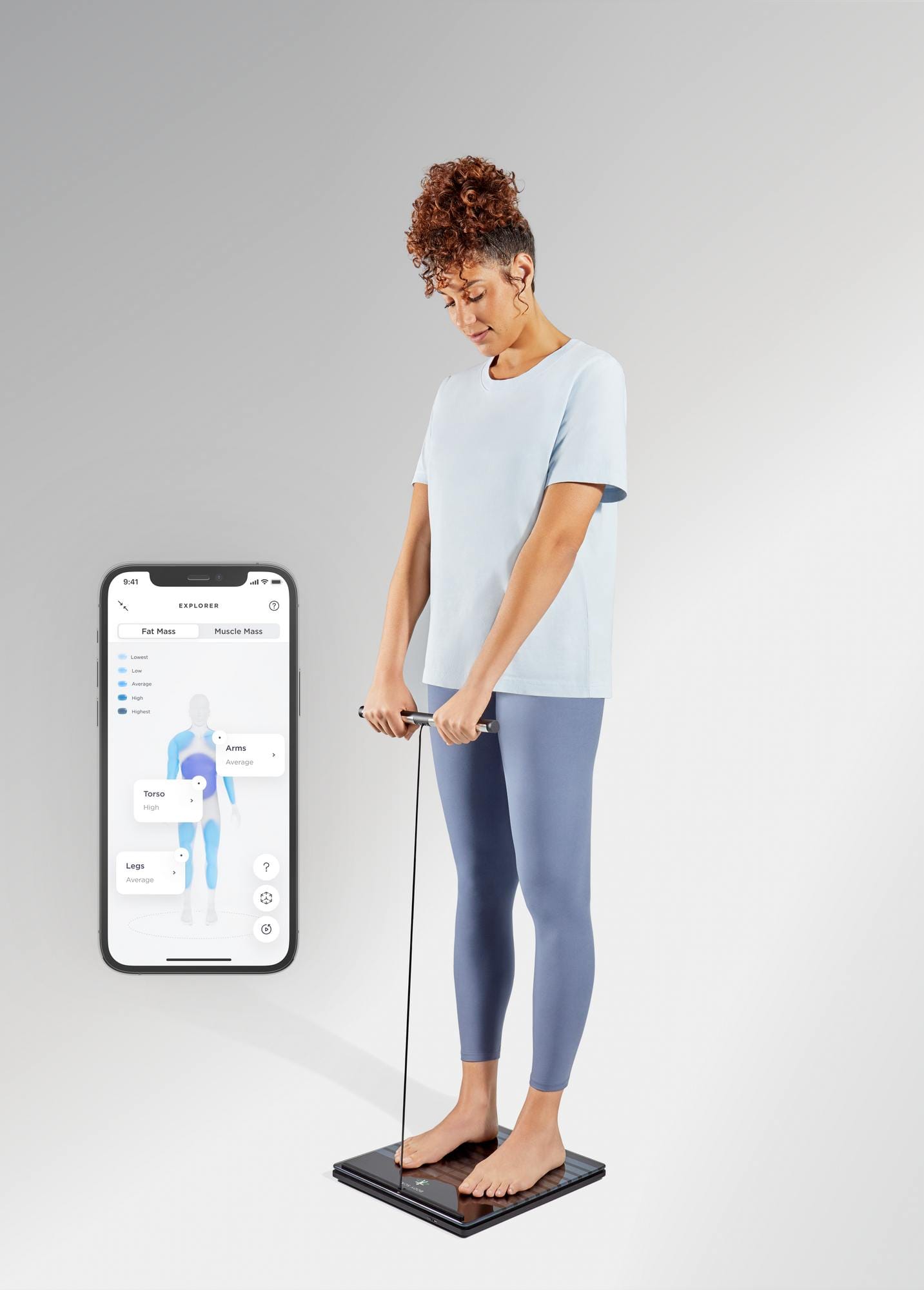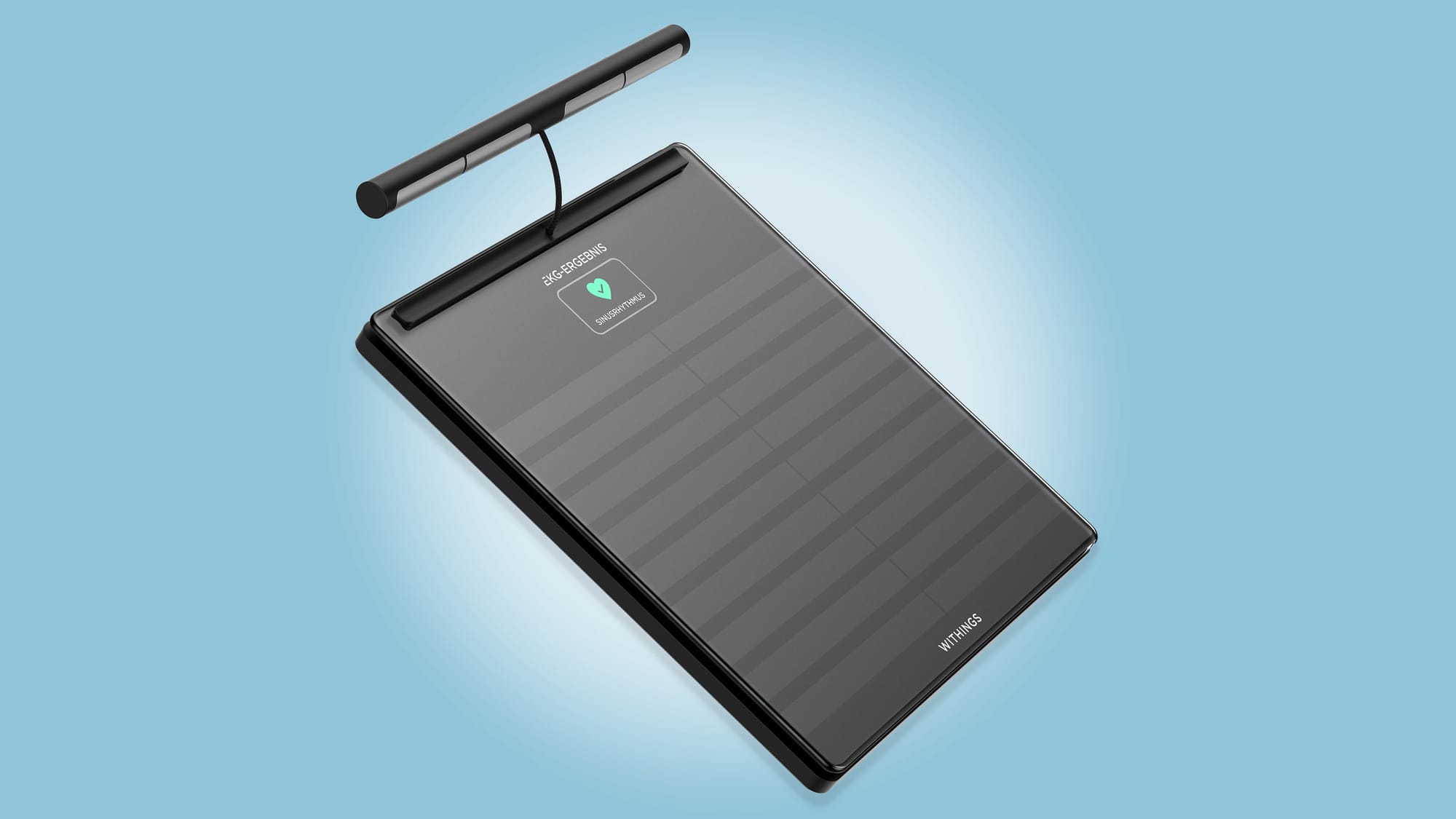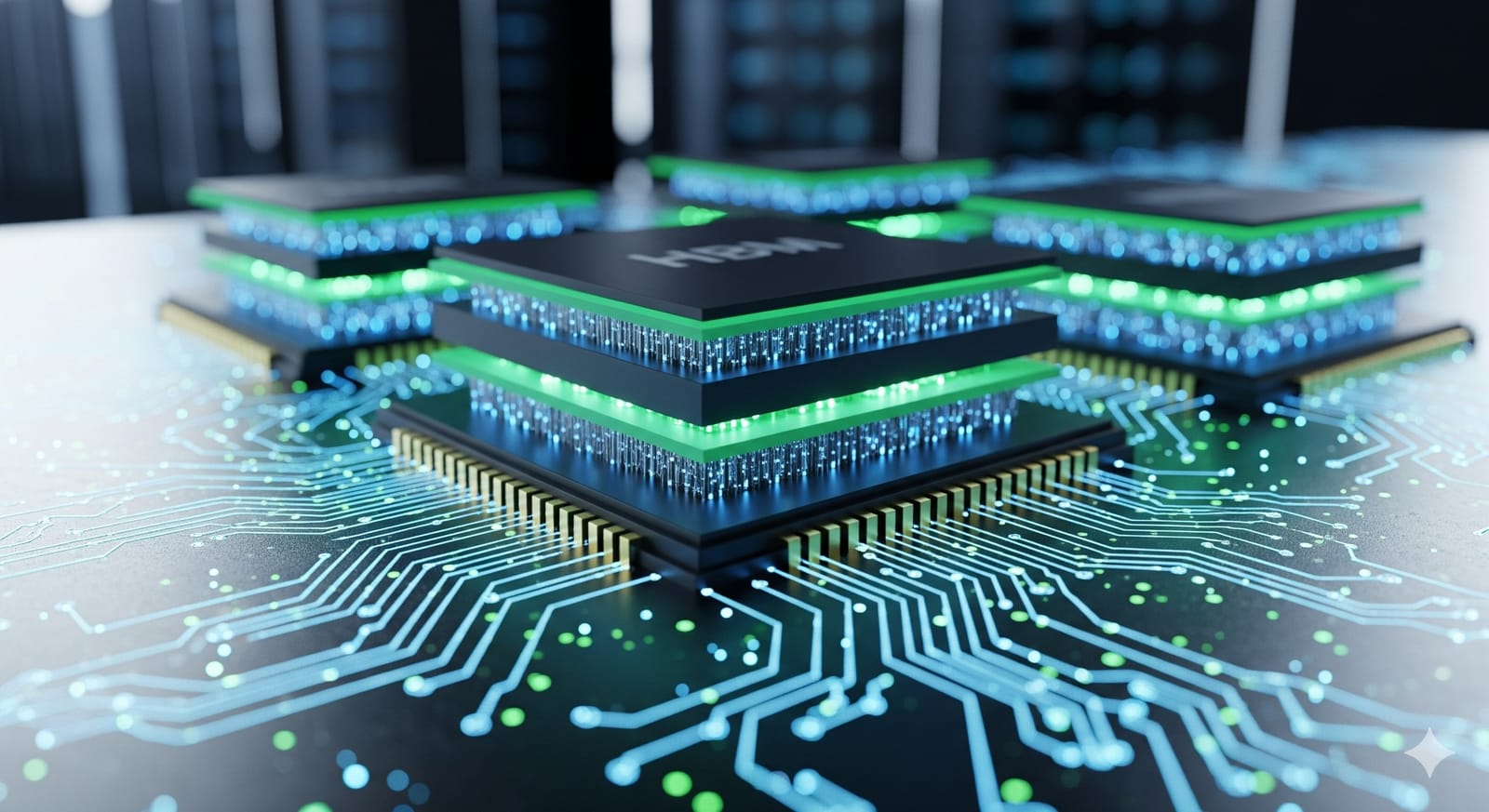Disclosure: This review contains affiliate links. If you buy through these links, we may earn a commission at no extra cost to you.
Ever imagined a bathroom scale that does more than just show your weight? The Withings Body Scan isn’t your ordinary scale – it’s an ambitious “health monitor” for your home. Priced around $399, this device not only measures your weight but also takes an ECG reading, checks your nerve health, and breaks down your body composition in unprecedented detail. It’s like having a mini wellness lab at your feet each morning. In this review, we’ll dive into what the Body Scan can do, who it’s best for, and whether it lives up to the hype as the future of personal health tech.

What is the Withings Body Scan?
The Withings Body Scan is a next-generation smart scale that aims to give you a comprehensive snapshot of your health every time you step on it. At first glance, it looks sleek and modern – a glass-top scale with a retractable handle bar that you pull up while standing on the scale. That handle is what sets the Body Scan apart: it’s packed with additional sensors. Here’s a quick rundown of key features and measurements this scale offers:
- Weight and Body Composition: Of course, it measures your weight, but it also breaks down your body composition into fat, muscle, water, and bone mass. Uniquely, the Body Scan provides segmental body composition – meaning it tells you how these metrics are distributed in your arms, legs, and torso separately. For example, you might learn that your right leg has more muscle than your left, or that your torso carries more fat proportionally. This level of detail is usually only available via professional gym equipment.
- 6-Lead ECG (Heart Health): Built into the handle and base are electrodes that can record a 6-lead electrocardiogram when you hold the handle and stand barefoot. In plain terms, that’s a heart rhythm recording similar to what you’d get in a medical setting. The Body Scan is FDA-cleared to detect signs of atrial fibrillation (an irregular heart rhythm). This is a big deal – it’s the first scale on the market with a feature typically found in medical devices or smartwatches. The ECG takes about 30 seconds and could help flag potential heart issues early.
- Vascular Age & Pulse Wave Velocity: Using sensors and algorithms, the scale gives you a “vascular age” score – basically an estimate of the health of your arteries. It does this by measuring pulse wave velocity, which is the speed at which blood pressure pulses travel through your arteries. A slower speed is generally healthier. The result is communicated as an age (for instance, “Your arteries resemble those of an average 40-year-old”). It’s a shorthand way to see if your cardiovascular health is typical for your age, or if it might be “older” or “younger”.
- Nerve Health Score (EDA): Another novel feature, the Body Scan assesses small nerve activity in your feet using something called Electrodermal Activity (EDA). Essentially, it sends a tiny, painless electrical signal and measures sweat gland response to gauge the function of small nerve fibers. The output is a Nerve Health Score. This could potentially help in early detection of neuropathy (nerve dysfunction), which is especially useful for people with diabetes or other conditions that affect nerves. It’s a cutting-edge metric that you won’t find on other consumer health devices right now.
- App Integration and Connectivity: The scale has Wi-Fi and Bluetooth connectivity and syncs with the Withings Health Mate app on your phone. All your measurements are logged automatically. The app presents your data in graphs and timelines, so you can track trends over time. It also integrates with popular health platforms like Apple Health, Google Fit, and Fitbit, which is great if you have an existing fitness routine. Up to 8 users can use the Body Scan, and it will automatically recognize who is standing on it (based on weight profile) – perfect for households.
In short, the Withings Body Scan is loaded with sensors and aims to be a one-stop device for tracking important health metrics at home. It’s far beyond a basic weight scale; it’s more like a multi-tool for health insights.
Using the Body Scan: Setup and First Impressions
Setting up the Body Scan is relatively straightforward. Out of the box, you charge it (it’s rechargeable, with a USB-C port; a full charge lasts several months) and pair it with the Health Mate app via Bluetooth. The app walks you through creating a profile and connecting the scale to your Wi-Fi network. Users have noted that connecting to Wi-Fi can occasionally be finicky – if you have dual-band routers, sticking to 2.4 GHz is recommended during setup. In my case, it took a couple of tries to get the Wi-Fi configured, but once it connected, it hasn’t dropped off since.
Design and build: The scale itself feels premium – a solid build with a large color LCD screen on top that’s easy to read. The retractable handle slides up smoothly from the top of the scale and has stainless steel electrodes where you grip it. Using the scale is as simple as standing on it barefoot and pulling up the handle for the full suite of measurements. The first thing you’ll see is your weight. Then, as you hold on, the screen cycles through a bunch of metrics: heart rate, ECG result (if you’ve run an ECG), body composition breakdown, and so on. This whole process takes about 90 seconds for a full check-up. If you’re in a hurry, you can just get your weight in a few seconds without doing the full analysis.
One small thing I appreciated is the live feedback on the scale’s screen. For instance, during an ECG recording, it has a little progress bar and will tell you if it detects something off (thankfully, mine always said “No AFib detected”). For the nerve test, it actually takes 3 separate readings (one for each foot and one combined) – you just stay on a bit longer and it completes automatically.
Ease of use: After the first couple of mornings, stepping on the Body Scan became as routine as brushing my teeth. It beeps softly when each measurement is done. The app usually syncs by the time I’ve put the handle back and stepped off. All the data then is viewable on the phone with more explanation. If you’re not super tech-savvy, don’t worry – the app provides simple explanations for each metric. For example, it’ll say “Vascular Age: 32 (Your arteries are in great shape, typical of someone younger than you)” or “Nerve Health: 8/10 (Normal range)”. Withings clearly tried to make the plethora of data approachable to the average person.

Accuracy and Insights
Most people’s biggest question for a device like this: Does it actually provide accurate, useful information? Based on my experience and reported tests by others:
- Weight: As accurate as any digital scale, which is to say spot on. It measures to the nearest 0.1 lb (or 0.05 kg). When I cross-checked with a calibrated weight, the Body Scan was dead-on. No surprises here.
- Body Composition: The scale uses multi-frequency bioelectrical impedance to estimate body composition. This method is common in smart scales, but the Body Scan’s segmental approach and extra sensors aim to improve precision. In practice, the body fat percentage it reported for me was within ~1-2 percentage points of a DEXA scan I did earlier in the year, which is very impressive for a home device. More importantly, it’s consistent – even if the absolute numbers aren’t perfect, it tracks trends accurately. If you go from 25% to 23% body fat on the Body Scan, you can be confident you truly lost fat. The segmental data (e.g., left vs right arm muscle) is a neat touch, though I treat it as informational rather than gospel. It did correctly identify my dominant (right) arm has slightly more muscle mass than the left, which makes sense.
- ECG and Heart Data: I fortunately don’t have heart issues, so I can’t personally attest to catching an arrhythmia. However, I deliberately did some experiments like holding my breath to see if heart rate variability showed up – and the Body Scan did register subtle changes. The fact that it’s FDA-approved for AFib detection indicates a high level of reliability. It’s similar to having an Apple Watch’s ECG feature; for people with known risk factors or intermittent palpitations, this could be a lifesaver. At the very least, it’s a good screening tool that you can then share with your doctor. The heart rate reading from the scale (which it gives every time you weigh in) matched my Fitbit’s readings closely.
- Vascular Age: This is a harder one to validate at home. My result consistently shows a vascular age a few years younger than my actual age – which could be accurate or just a bit flattering. Pulse Wave Velocity is a well-known metric in cardiology; the Body Scan makes it simple by boiling it down to an “age” score. I take this as a relative indicator: if your vascular age goes down over months of exercise, that’s a great sign. If it goes up, you might want to check your diet or see a doctor. It’s not a medically diagnostic metric on its own, but it’s a unique early warning signal for cardiovascular health trends.
- Nerve Health (EDA): This was the feature I was most skeptical about, because it’s so new. The Body Scan gives a score out of 10. I’ve been consistently getting around 8.5, which the app says is “good – normal range”. I don’t have a way to independently verify nerve function, but I did notice something interesting: on one occasion when my feet were unusually cold, the score dropped to about 7. That makes sense because cold feet might affect sweat gland response. On another day, after an intense workout (when I was still a bit sweaty), the score was 9. I mention this because it shows the reading does vary with physiological conditions. While I can’t say “8.5 means my nerves are perfect,” a big downward trend in this score would definitely prompt me to pay attention or consult a doctor. For people with diabetes, this could be a very convenient screening tool for neuropathy risk.
Overall, the Body Scan gives a wealth of data. The accuracy for core metrics (weight, heart rate, body comp) is excellent for a consumer device. The more novel metrics (vascular and nerve health) should be taken as advisory tools, not absolute diagnostics – but they’re still quite valuable for spotting trends in your health.
Pros and Cons
Every device has its highs and lows. Here are the notable pros and cons of the Withings Body Scan:
Pros:
- Comprehensive Health Tracking: Truly stands out from standard scales by measuring heart and nerve indicators along with full body composition. It’s an all-in-one device.
- User-Friendly App: The Health Mate app presents complex data in a user-friendly way with clear explanations and nice graphs. Syncing is seamless and multi-user support is excellent for families.
- Build Quality and Design: Premium look and feel. The large color screen is easy to read, and the retractable handle design is clever and intuitive. It doesn’t feel flimsy at all.
- Accurate Core Measurements: Weight and body comp readings are consistent and in line with professional measurements, which builds trust in the device’s more experimental features.
- Motivational Insights: The granularity of data can actually motivate healthy behavior. Seeing, for example, that your “vascular age” is improving or that you gained muscle in your legs can inspire you to keep at your routine. It makes health tangible and maybe even fun for data geeks.
Cons:
- Premium Price: At around $399, it’s a significant investment for a scale. You pay a lot for those advanced features, so it’s only worth it if you’ll actually use them. (There are cheaper Withings models without some of these metrics.)
- Subscription for Advanced Features: This is important – to get some extended health insights and reports, Withings offers an optional Health+ subscription in their app. The Body Scan comes with (at launch) 12 months free of Health+, but after that, some features might require a paid plan. The scale still works without it, but certain coaching, historical trend depth, or advanced tips are subscription-based. This could be a downside if you’re not expecting ongoing costs.
- Setup Quirks: Initial Wi-Fi setup can be a bit finicky. Also, the scale is firmware-updateable, which is good, but the first update out of the box took about 10 minutes – during which the scale was unusable. Minor inconveniences but worth noting.
- No Screen Navigation: The scale displays data as you weigh, but you can’t interact or scroll on the device itself (it’s not a touch screen). So if you miss a reading, you have to open the app. Some users might wish for the ability to recall last reading on the scale.
- Not Portable: This scale is not light (it has a lot inside) – if you travel frequently, you can’t easily take it with you as you might with a small fitness tracker. It’s meant to live in your bathroom.
By weighing these pros and cons, you can get a sense if the Body Scan aligns with what you value in a health gadget.
Who Should Consider the Body Scan (and Who Might Skip)
This product is ideal for:
- Health & Fitness Enthusiasts: If you love tracking your fitness and health metrics and making data-driven decisions (for example, adjusting your diet based on body fat or monitoring heart health while training), the Body Scan will feel like a dream gadget. It offers a depth of information that can complement a longevity or biohacking lifestyle perfectly.
- Individuals with Health Conditions or Goals: People managing conditions like hypertension, atrial fibrillation, diabetes, or obesity may find this device especially useful. It can help with early detection (AFib, neuropathy risk) and tracking improvements (weight loss, muscle gain, improved cardiovascular metrics) from lifestyle changes. Seeing concrete feedback at home could also encourage better adherence to healthy habits.
- Families or Households with Multiple Users: Since it supports up to 8 users, a family can share it. It’s great if everyone is on a health kick or if, for example, a couple is expecting a baby (there’s a pregnancy mode) or has a new infant (there’s a baby weighing mode as well). The Body Scan can adapt to different life stages.
- Gadget Geeks & Early Adopters: Let’s face it – if you love having the latest tech, especially in health, this scale scratches that itch. It’s cutting-edge and will make you one of the first to have this kind of tech at home.
This product might not be for:
- Casual Weight Watchers: If you just need a simple scale to check your weight occasionally, the Body Scan is overkill. You can save a lot of money with a basic digital scale or even Withings’ own cheaper models like the Body+ or Body Comp. Those still give you weight and basic body fat info without all the extras.
- Privacy-Conscious Individuals: The scale and app do handle a lot of personal health data. Withings stores data on their cloud (though it’s encrypted). If you’re uncomfortable with your health metrics being online, you may prefer a more old-school device. (Withings has a good reputation for privacy, but it’s something to consider – any connected device has some level of data sharing).
- Those on a Tight Budget: Simply put, $399 can buy a lot of other health tools or even a gym membership. If you’re not going to use the advanced metrics, investing in this might not be worth it. A mid-range smart scale could provide 80% of the day-to-day value (weight trending and basic body comp) for a quarter of the price.
Knowing who you are as a user – data-driven vs. casual, budget vs. splurge – will help determine if the Body Scan is a good fit.
Alternatives to Consider
Before you hit the buy button, it’s worth noting a couple of alternatives in this space:
- Withings Body Comp: This is the model right below the Body Scan. It also offers cardio and nerve assessments, but not the 6-lead ECG or segmental body composition. It’s about half the price (~$199). If you don’t need the ECG or detailed body segment data, the Body Comp is a strong alternative from the same brand with the excellent Withings ecosystem.
- Fitbit Aria 2 (or 3): Fitbit’s smart scale (the latest version, Aria 3) provides weight, BMI, and basic body fat tracking, and of course syncs with the Fitbit app. It doesn’t have any of the advanced heart or nerve features, but at around $150 or less, it’s a simpler option from a well-known fitness brand.
- Garmin Index S2: Another competitor around $150, Garmin’s smart scale offers weight and full body composition (fat, muscle, bone, water). No heart health metrics, but it integrates with Garmin’s fitness ecosystem. Good for those who are already Garmin watch users.
- Apple Watch + Basic Scale Combo: It’s worth mentioning that if you’re primarily interested in heart monitoring and general fitness, an Apple Watch (with ECG capability) paired with any basic digital scale could cover your needs. The Apple Watch won’t measure body fat or muscle, but it will do ECGs and lots more. However, this combo is pricier overall and not as integrated for weight tracking as a smart scale system.
Each alternative has its trade-offs. Withings Body Scan remains the most feature-packed for at-home health metrics. It really stands in a category of its own at the moment for the sheer breadth of measurements.
Final Verdict: Is the Withings Body Scan Worth It?
The bottom line: The Withings Body Scan is one of the most advanced health gadgets you can put in your home right now. It successfully merges the functions of a smart scale, an ECG device, and even aspects of a nerve test into a single user-friendly platform. If you’re someone who will benefit from regular, detailed health tracking – or you’re motivated by seeing data about yourself – the Body Scan can be a game-changer. It brings clinical-style insights to your daily routine, potentially alerting you to issues that otherwise might go unnoticed until your next doctor’s visit.
However, that value comes at a premium cost. For many casual users, the extra metrics might end up as novelties that you check a few times and forget. It’s important to be realistic: you’ll get out of it what you put in. If you embrace the device and habitually review your metrics, you’ll likely find it justifies the price by keeping you informed and accountable to your health goals. On the flip side, if you’re not big on data, a simpler and cheaper device could suffice.
My personal take: I’ve found that the Body Scan made me more mindful of my health. It’s oddly motivating to know each morning I’ll see not just a weight, but a report card of sorts – how was my heart doing, did yesterday’s workout build any muscle, etc. Over a month, I actually made positive changes (ate more fiber, did more cardio) spurred by wanting to improve those readings. For me, that makes it worth it. This scale doesn’t magically make you healthier, but it arms you with knowledge – and knowledge can drive action.
If you’re excited by the prospect of a longevity-focused, data-driven lifestyle, the Withings Body Scan is a perfect fit for your journey. It’s more than a scale; it’s a daily check-in with your body’s inner workings.
👉 Ready to step up your health game? Buy the Withings Body Scan on Amazon 🛒 and see what a difference cutting-edge insight can make in your wellness routine.







